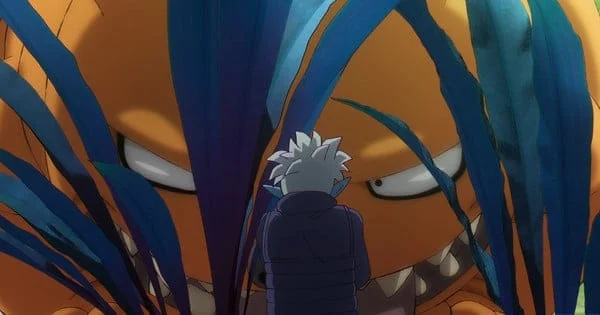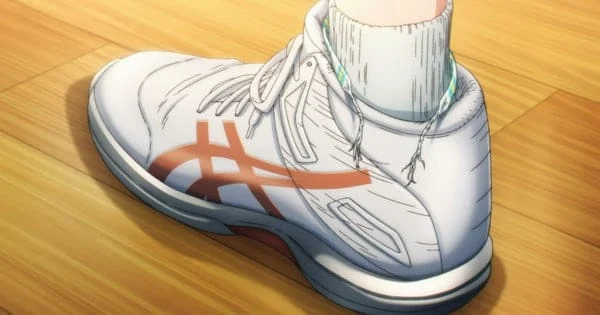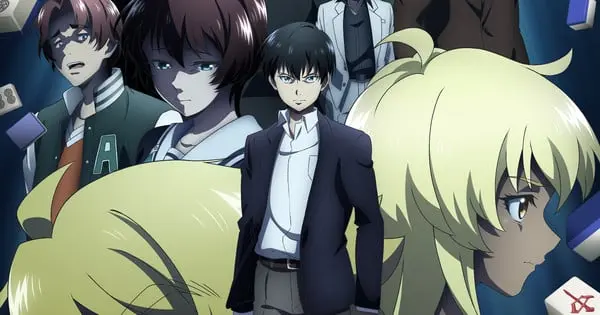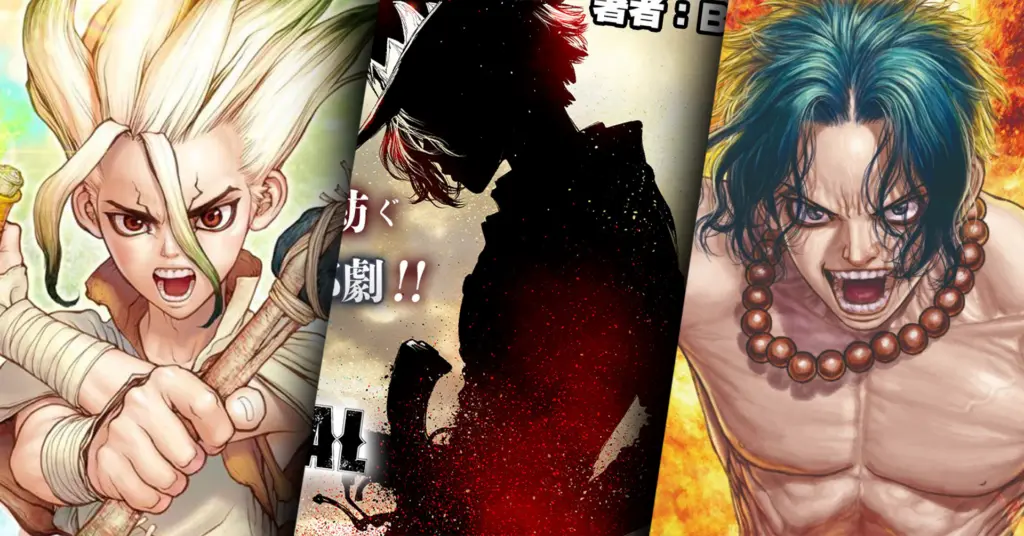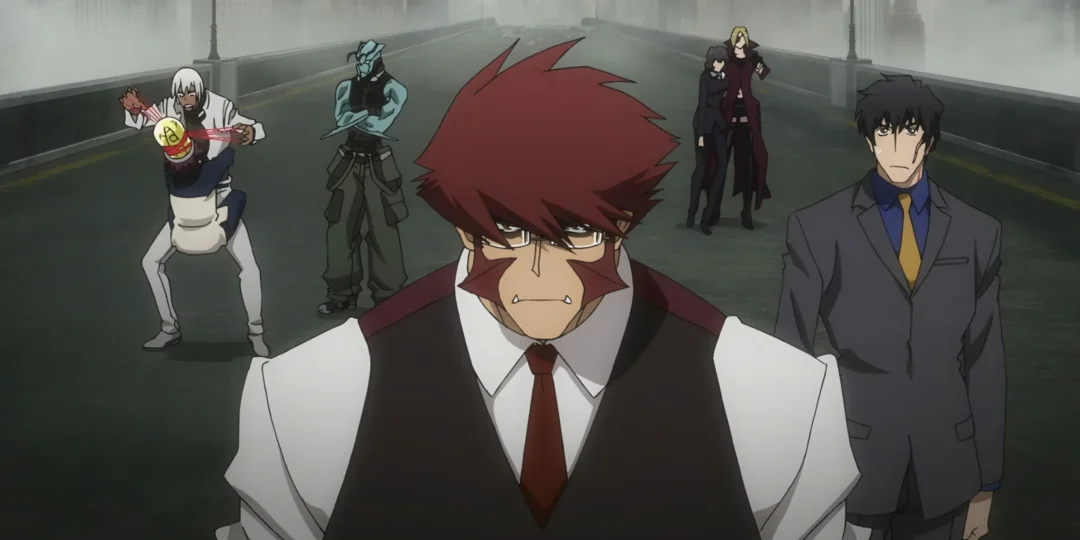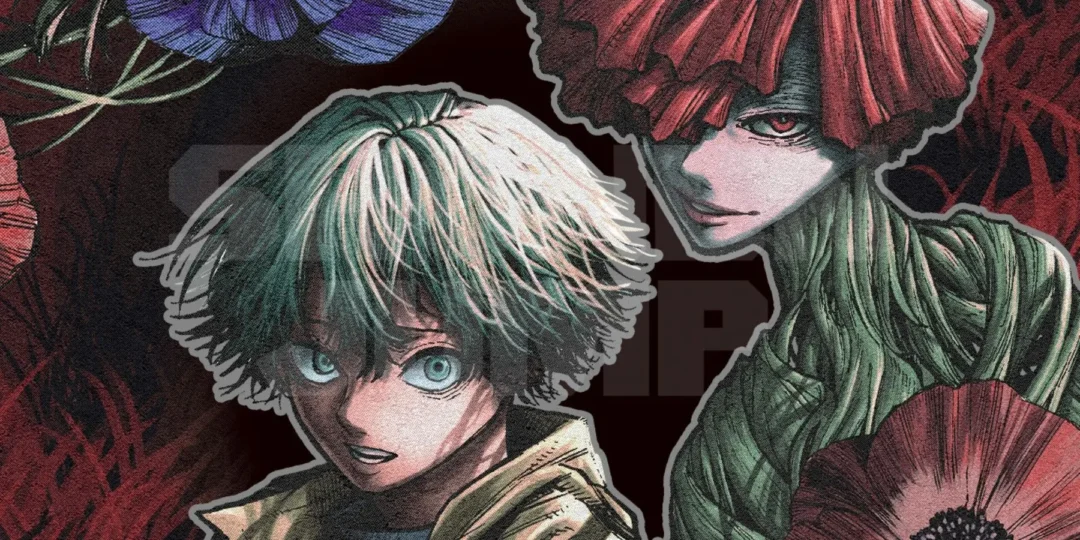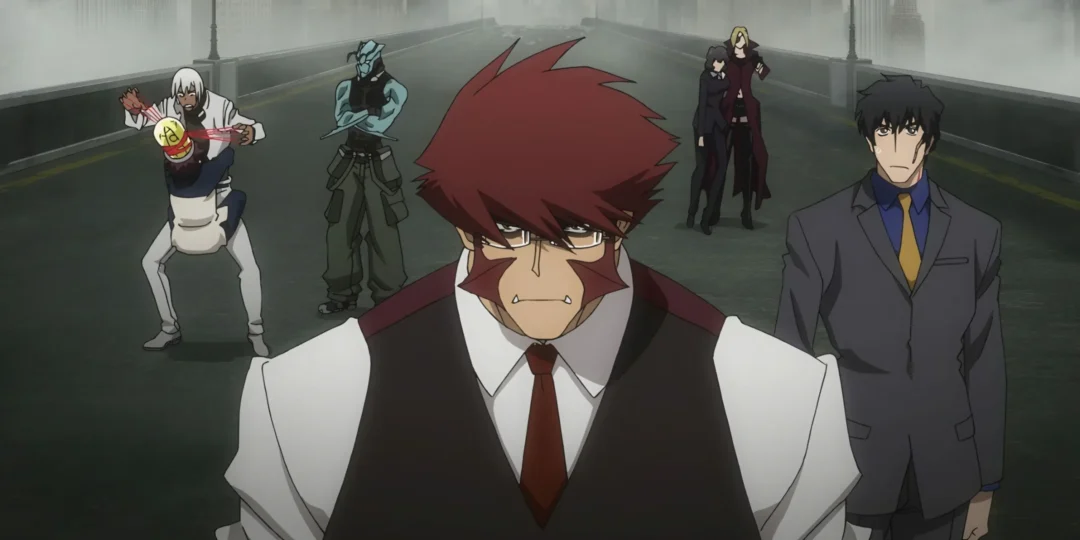Rin Matsui’s Dear Anemone surfaced briefly in the pages of Shueisha’s Weekly Shōnen Jump, offering a unique blend of body horror and natural beauty. Though its run was short-lived, ending after just 17 chapters, the manga has garnered attention for its striking visuals and thematic similarities to Yūji Kaku’s popular Hell’s Paradise: Jigokuraku. Fans of the latter, with its dark fantasy and gruesome island setting, may find Dear Anemone a compelling, albeit brief, read.
A Twisted Island Paradise
Dear Anemone plunges readers into a world where evolution takes a terrifying turn. The story begins with Gaku Hachiue, a timid 19-year-old, joining a group of social outcasts on a voyage to the Galápagos Islands. Their mission is to retrieve crucial scientific research and ascertain the fate of a previous expedition that has gone silent. This premise immediately evokes comparisons to Hell’s Paradise, which also features a group of disparate characters sent to a mysterious island where disturbing experiments have led to monstrous threats.
The Galápagos, known as the “laboratory of evolution” due to Charles Darwin’s studies, becomes a nightmarish landscape in Dear Anemone. Instead of unique and diverse species, the islands teem with grotesque, rapidly evolving creatures. The manga explores the idea of evolutionary tactics beyond what Darwin could have ever predicted, with plants and animals taking on horrifying new forms. This concept of nature twisted into something monstrous is a shared element that will appeal to Hell’s Paradise fans.
Body Horror and the Beauty of the Grotesque
One of Dear Anemone’s strengths is its ability to combine unsettling body horror with stunning artwork. Rin Matsui’s art style is high-contrast, using stark whites and deep blacks to create a visually striking and creepy atmosphere. The manga is replete with bizarre creatures and violent scenes that are rendered in graphic detail, yet somehow maintain a strange beauty. This juxtaposition of beauty and ugliness is a common theme in horror manga, and Dear Anemone executes it effectively.
The series doesn’t shy away from gore, depicting blood and violence with a level of detail that heightens the horror. This visual approach is reminiscent of Hell’s Paradise, which also uses its art style to emphasize the grotesque nature of its world and its violent combat. The use of the language of flowers, where they influence characters and thematic elements, adds another layer of depth to the visual storytelling.
Immortality and Transformation
Dear Anemone delves into themes of immortality and the blurring lines between humans and beasts. The central plot involves Gaku’s accidental fusion with a humanoid anemone. This transformative experience alters his constitution, turning him into something “not quite human”. This theme of forced physical transformation resonates with other series, like Parasyte -the maxim- , where the protagonist’s body is changed due to a parasitic invasion, leading to a merging of human and alien physiologies.
Like many shonen manga, Dear Anemone touches upon the “inner demon” trope, where a character’s powers or transformations are often tied to an external or internal entity. However, the series attempts to add a unique spin on this familiar theme, exploring the relationship between Gaku and the anemone that has become intertwined with him. The narrative also explores deeper interrogations of purpose and what it means to be human, all while under the thematic undercurrent of the quest for immortality.
Strengths and Shortcomings
Despite its promising start, Dear Anemone struggled to maintain a strong narrative foundation. While the visuals and themes were captivating, the series has been criticized for failing to develop its characters or lay out a solid plot. The emotional beats lack impact because the characters are not particularly endearing, making it difficult to invest in their personal stakes.
The series has also been noted for its pacing issues. There were multiple battles within the first few chapters, leaving little to no time for suspense to build up. This, combined with the lack of character depth, ultimately led to its cancellation. Despite its unique premise and great art, Dear Anemone serves as a reminder that visual appeal alone is not enough for a manga to succeed.
Similar Manga to Explore
While Dear Anemone may have fallen short of its potential, it has drawn comparisons to several other manga, particularly those with horror, survival, or dark fantasy themes. Fans who appreciated the concept of Dear Anemone might also enjoy:
- Hell’s Paradise: Jigokuraku: Yuji Kaku’s manga is an obvious point of comparison, sharing a similar premise of characters on a mysterious island with deadly flora and fauna. Its themes of survival, morality, and the search for immortality will also resonate with fans of Dear Anemone.
- Parasyte -the maxim-: Hitoshi Iwaaki’s manga also explores the idea of a protagonist merging with an alien entity and undergoing a body transformation. The body horror and the complex relationship between the human and the parasite are similar themes that are explored in Dear Anemone.
- Wild Strawberry: This manga also involves terrifying plant life, making it a good choice for fans who enjoy eco-horror with a focus on monstrous flora.
- Jujutsu Kaisen and Chainsaw Man: These series, while different in setting, share a similar blend of dark themes, gruesome action, and complex character dynamics. Both series also explore the idea of characters fighting against powerful, sometimes monstrous, entities while grappling with their own internal struggles.
- Berserk: Kentaro Miura’s masterpiece, while a dark fantasy, is also known for its incredible art and gruesome depictions of violence and monsters, making it a good choice for fans of the more horrific aspects of Dear Anemone.
- Junji Ito’s Works: Manga by Junji Ito like Uzumaki and Tomie are a must-read for any horror fan. Ito’s art style is both beautiful and grotesque, capturing the same duality that Dear Anemone attempts to portray. His stories often explore the darkest corners of human psychology, with surreal and disturbing visuals, that create a unique brand of horror.
Where to Read
Despite its cancellation, Dear Anemone is available to read digitally on VIZ Media’s website and MANGA Plus. The series is collected into two volumes, which are also available for purchase. This makes it easily accessible for those who wish to experience its unique blend of horror and beauty.
Final Thoughts
Dear Anemone, despite its short run, offered a visually striking and thematically rich experience. Its combination of body horror, natural beauty, and the exploration of immortality and transformation make it a compelling read for fans of series like Hell’s Paradise. While it may not have reached its full potential due to narrative issues, it remains a unique entry in the horror manga genre, showcasing the talents of Rin Matsui and leaving a lasting impression on those who have read it. The manga’s focus on the grotesque and beautiful, along with its exploration of evolution gone awry, make it a fascinating, if brief, journey into a twisted island paradise.

